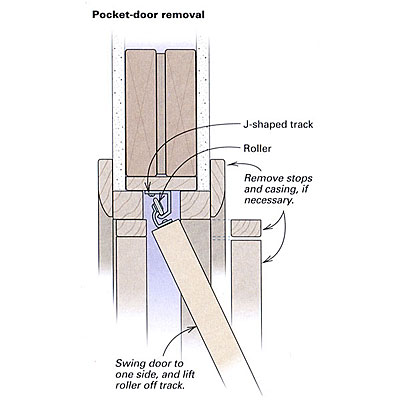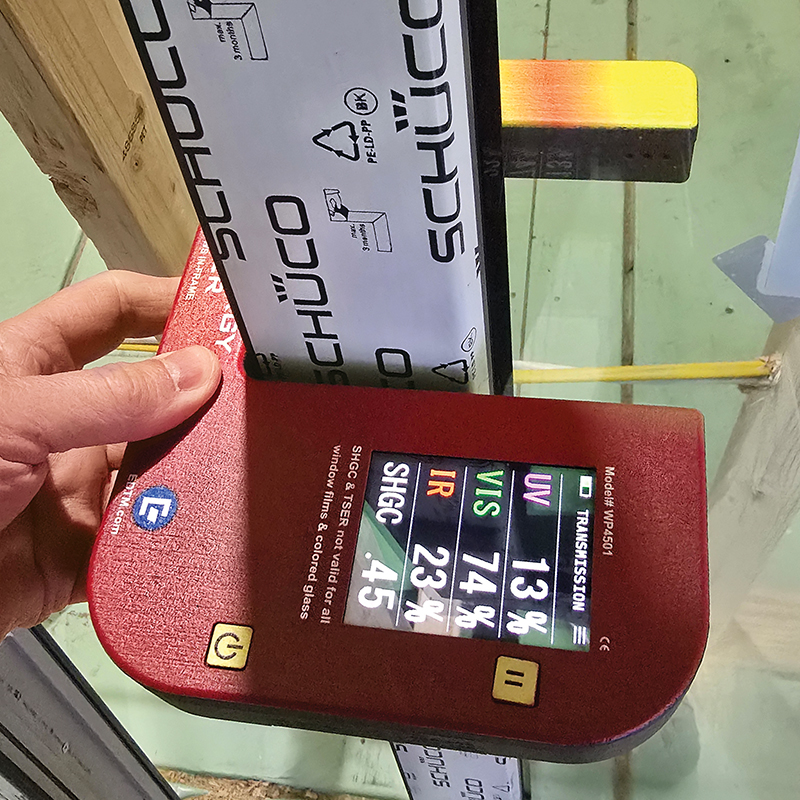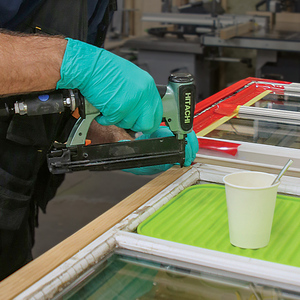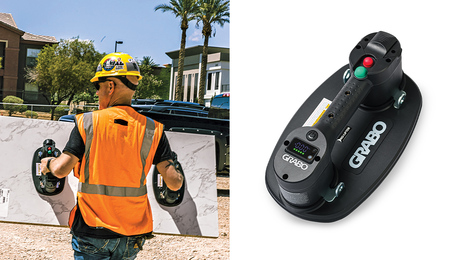Q:
I have a pocket door that slides on an overhead track. But the inboard roller has come off the track, causing the door to bind. I can see the track, but the door is cased with trim. Can I get the door back on track without taking off the trim, and how can I remove the door without destroying the wall?
Richard Levey, St. Louis, MO
A:
Tom O’Brien, a restoration carpenter in Richmond, Virginia, replies: Most pocket doors are suspended from rollers that ride on an overhead track. If the inner roller has simply come off that overhead track, you might be able to get it back on by first pulling the door out as far as possible and then lifting gently under the innermost end with a flat bar while you softly chant, “Please, please, please, please, please.”
If the wayward wheel doesn’t slip back on the track (the usual scenario under Murphy’s law), you’ll have to take out the door. To remove the door, you must first remove enough of the trim on one side to allow the door to leave the pocket and swing freely. Exactly how much trim you will have to take off is hard to say because door hardware and installation methods vary.
The most common pocket-door hardware uses in-line rollers that go on a J-shaped single track. You need to remove the jamb stops form both the head and the pocket opening, but only from the side of the door that faces the closed side of the track. If you’re lucky, the jamb stops were applied over the pocket-door jamb frame independent of the casing. If you’re really lucky, the stops were attached with screws that simply have to be backed out for the stops to be removed. Once you’ve taken off the stops, you should be able to swing the door out from the bottom and lift slightly to disengage the rollers from the track.
If your luck runs more like mine, you’ll have no stops other than the jamb frame material itself. If this is the case, you may need to remove the side and head casings to free the jamb material. If your luck runs halfway between mine and that of a lucky person, you might have a pocket door that was put in by a thoughtful carpenter who recognized the inevitability of door removal and butted the corners of the jamb material rather than mitering them. Maybe this same thoughtful carpenter nailed the casings only to the framing and sized the door to fit between the casings. If so, you should be able to pry the jamb material out carefully and remove the door without disturbing the casings. The worst-case scenario is having to remove the whole shooting match, frame and casing, to free the door.


























